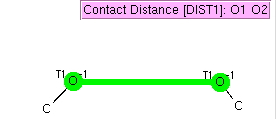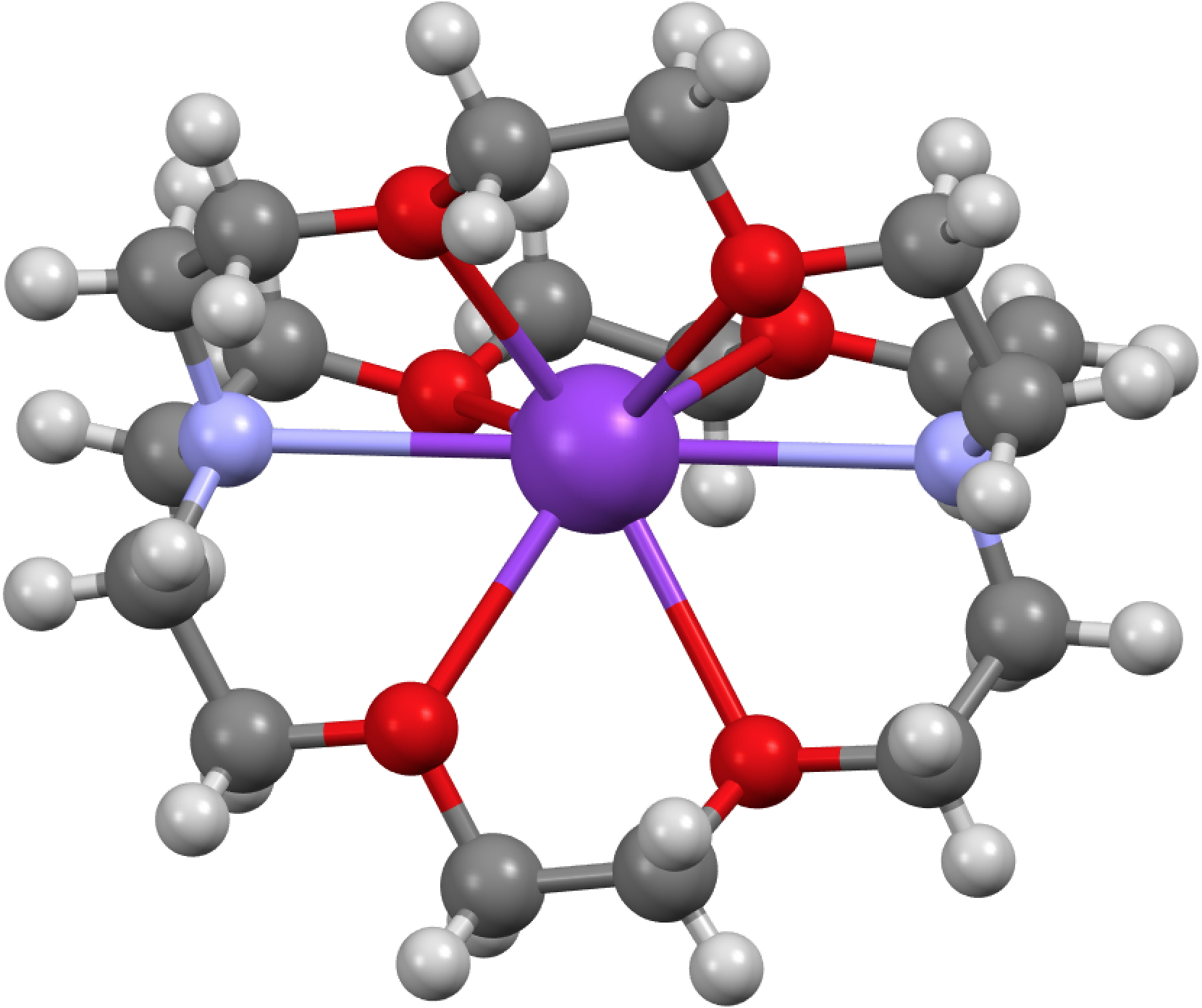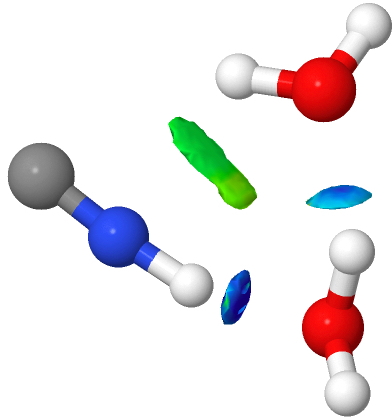
This comes to you from China, and the city of Suzhou. To set the scene, cities in China have a lot of motorbikes. Electric ones. With their own speed units, a % of Panda speed. Msny msny people ride bikes such as these; some even manage three passengers, or several boxes of shopping. And the streets will have dedicated lanes for them, although you do need eyes in the back of your head to spot their silent (often 15 kph) approach.





